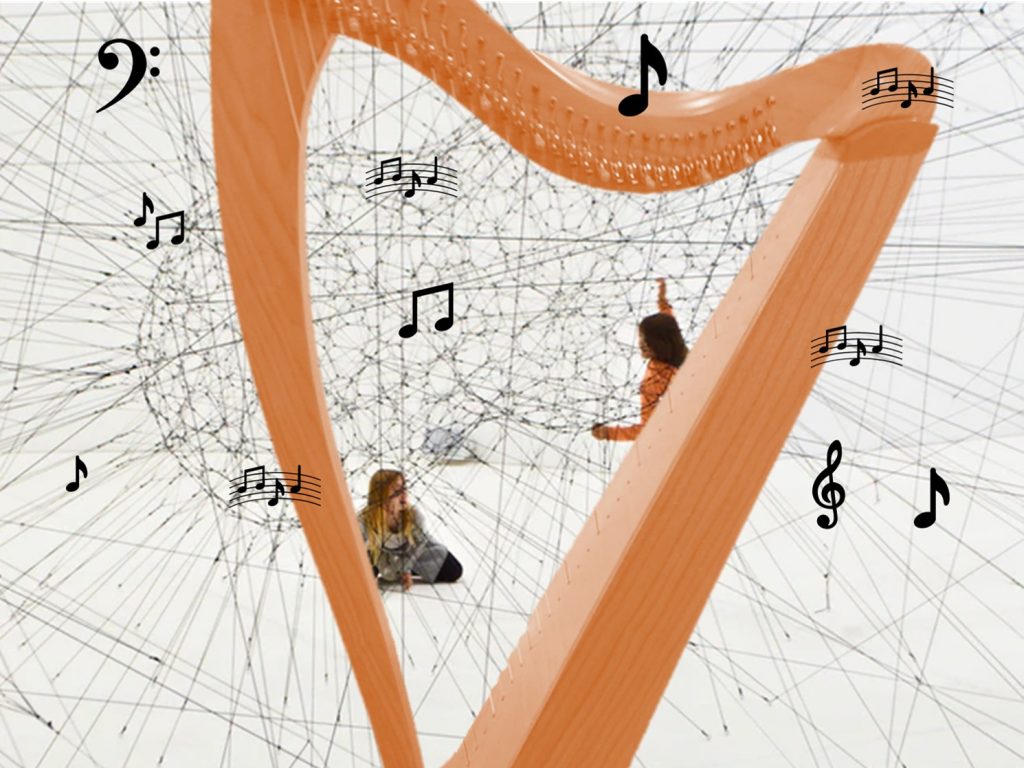In December, I wrote about learning versus memorizing. You left some great comments, and one of you asked how one would go about actually doing this (learning rather than memorizing). You graciously waited through the madness that is the holidays and the reset that is the new year. But now, it’s your turn!
Let’s start by acknowledging that learning music is not really different from learning anything else. And just like in school, when you try to brute force memorize – everything deserts you when the pressure is on. And because memorization is so fragile, you can’t even salvage the memory gap – because there is noting of substance behind it.
So we’re back to learning. The first thing to understand is that learning is not passive. You have to be engaged, checked in, and thinking to learn!
 The easiest way to do this is to do some analysis. I don’t mean a big research study. To analyze – ask yourself some questions. these questions will help you make connections and discover patterns.
The easiest way to do this is to do some analysis. I don’t mean a big research study. To analyze – ask yourself some questions. these questions will help you make connections and discover patterns.
- Does any of the piece remind you of anything else? That could be anything. Those of you who have had lessons from me have experienced this – “chocolate chords”, “the Oreo phrase”, “the donut part”, “the walk in the park”, and “this is just like in that other tune”. These are all just things the tune remind me of (never mind that most of them are food!). Do parts of the tune bring something to mind – waterfalls? sheep? fairies? storms at sea? If so, these are all things you can connect to that bit of the tune which will help you hang on to it (learn it!). You can also say the connection (e.g. “this is the Oreo part”) out loud while you’re playing that part will also create another connection that you can learn.
- Find the shapes. This can be as basic is up or down. Or as complex as “this reminds me of Katahdin” – I didn’t get that, but he did, and that’s what matters. If you’re reading, you can see the shape. You can also see the shape when you put your hands on the harp. Have you already learned the shape in some other tune? Does the shape repeat through the tune. Learning the shapes is another way to learn.
- Find the story in the music. If you’re not sure, make up your own. That story can be another set of connections. Tell yourself the story as you play. You can also do this with songs. Sing the lyrics as you play – they are another set of connections that will help you learn the tune.
- Break it down. If you are more advanced, you may be able to learn an entire 8-bar phrase in one go. If you are less experienced, you may need to look at one measure at a time. Size doesn’t matter – break the music into pieces you can successfully ingest. Because….
- You’re going to stick those pieces back together eventually! As with breaking it down, stitch it back together in portions you can handle. Don’t overdo it. These are more connections…and patterns – and you have a chance to connect the patterns! This is true for challenging tunes, but its also true for “easy” tunes with their nearly identical phrases which come together differently in parts of the tune. Make specific links between the parts – be sure to connect the various pieces to each other.
- Savor. Take it slowly We are always in a rush. We want it to be instantly performance ready, faster, more complicated, showier than anyone else – we want to have the tune now! But rushing leads to a half-learned tune that is wobbly with wishy-washy fingering and phrases built on momentum not confidence, all of which can lead to heartache.
Need more specifics? How about:
Fingering is one of the greatest losses of not analyzing your music enough before you start and then moving out too fast. I wish I could remember who taught me this trick (and if you know who it is, tell me so I can give credit!): place the shape (all the fingers needed in that direction…all of them, even the 4 if needed!); squeeze the strings a couple of times; then play the shape. Think about the shape, where it sits in the phrase and the tune, where else you might use that same shape in the tune. Replace the next shape, and repeat. Yes, it can be frustrating (especially if you didn’t actually analyze it first). Yes, it means you can’t just bang out the tune.
But equally, yes, you will get the fingering. Yes, you will be preplaced and ready to go. Yes, you won’t be chasing strings with fingers that weren’t quite ready. And yes, you will learn the tune more quickly – because you don’t have to relearn any of it!
That might sound suspiciously like practice. Because it is. Learning must be active. Analysis is not a nice to have – it’s one of the things will distinguish your learning. Each time you run through the piece you will be building connections – in your brain but also you’re your eyes, ears, fingers, and your entire body. If you have some knowledge of theory, that will also help you make connections and notice patterns. Talking out loud creates connections in another modality.
The more connections you have and the more patterns you have found, the easier time you will have learning the tune. And by extension, the more confident you’ll be when you play it – because it won’t desert you under pressure!
Give some of these ideas a try and let me know what you think. Do you have any other ways to learn you’d like to share? Make the connection via the comments below!


